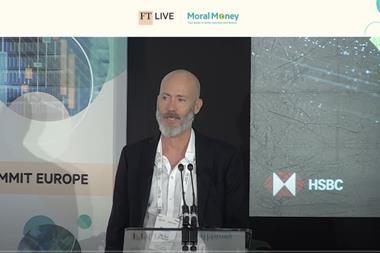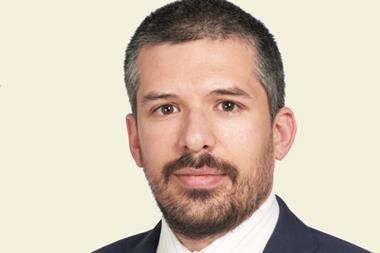Work-based immigration is the most popular solution among Finns for bolstering the country’s occupational pension system, according to a new poll – with that option gaining more support than ideas such as increasing contributions or taking more investment risk.
According to a survey of 1,000 people in Finland from the Finnish Centre for Pensions, some 60% of respondents cited work-based immigration as a good means of strengthening pension financing.
This is up from 50% support for that idea in last year’s survey from the organisation, which is the central body of the earnings-related pension system.
The second most popular alternative in the poll, which was carried out in March, was to raise pension contributions for working-aged people and employers, with more than a third of survey participants in favour.
However, a third of respondents disagreed or strongly disagreed with that option.
Only one in four respondents in the poll agreed with the notion of increasing risk-taking in pension investments.
Allan Paldanius, director of the Finnish Centre for Pensions, said: “It is slightly surprising that Finns don’t support achieving better returns by increasing risk-taking in pension financing although it could reduce the pressure to raise pension contributions.”
Cutting pensions already in payment proved to be the most strongly-opposed solution for shoring up the pension system, with up to 84% disagreeing. Some 84% opposed cutting the pensions of future retirees.
The Pension Barometer survey took in opinions from Finnish citizens aged 18-79 years.
Other findings in the survey were that about 70% said they trusted the Finnish pension system, and roughly the same amount said they thought Finnish pension assets were managed reliably, according to the Finnish Centre for Pensions.
But 54% felt that younger generations were overburdened with paying for pensions, the centre said.
The Finnish earnings-related pension system, which is partly funded and partly pay-as-you-go, has been under pressure for several reasons, including the Nordic country’s low birth rate, a decline in the number of working-age people there and low or zero interest rates.
The chief executive officer of Finland’s largest pension fund, Keva, contributed to the debate around this problem last summer, saying a comprehensive programme of measures was needed to tackle the labour-shortage problem.
Read the digital edition of IPE’s latest magazine
















No comments yet